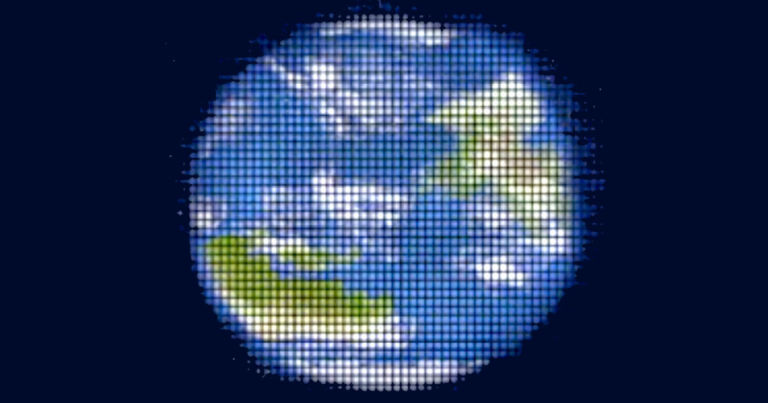NASA is funding research for a conceptual telescope called a “solar gravitational lens” (SGL) that could allow us to observe distant exoplanets at an astonishing resolution — a futuristic endeavor that could help find out once and for all if we are alone in the universe.
The project received Phase I and II funding under the agency’s NASA Innovative Advanced Concepts (NIAC) program, an incubator for radically futuristic and otherworldly concepts.
The idea is to “directly image a habitable Earth-like exoplanet within our stellar neighborhood,” according to a description of the project. Over six months of observation, we could get a resolution of around 25 km, “enough to see surface features and signs of habitability.”
A NASA image accompanying the announcement shows an artist’s rendition of imagery the telescope could acquire — showing greenery on the surface of a distant planet.
Albert Einstein first predicted 84 years ago that rays of light skirting the edges of the Sun converge into a lens at about 550 astronomical units (about 82 billion kilometers) away.
Slava Turyshev, physicist at NASA’s Jet Propulsion Laboratory and lead author of a related study uploaded to the preprint archive arXiv in February, suggests the phenomenon could allow us to get strikingly detailed images of distant Earth-like planets.
“In the strong interference region of the SGL, this light is greatly amplified, forming the Einstein ring around the Sun, representing a distorted image of the extended source,” reads the paper.
An image included in the NASA announcement even shows Turyshev’s depiction of what an exoplanet close-up could look like using a SGL.
But there’s a…



